When I landed in D.C. this weekend for a short reporting trip, I planned to pay my first official visit to the Air and Space Museum.
I’ve heard great things. I recently reread a book where it was mentioned, so I felt compelled to channel that energy and explore its vast halls.
Instead, a dear friend suggested I visit the National Museum of Women in the Arts. She told me it was the ideal place for a solo afternoon art stroll. In my heart, I knew that was exactly what I wanted.
Having lived in D.C. for an entire summer just a few months ago, I was shocked to have never heard of this hidden gem of a museum standing blocks away from the office where I worked. It had been closed for renovation during the summer months and opened again in October 2023 with updated collections and pieces from dozens of artists whose work I have longed to see in person.
The museum was founded by the late Wilhelmina Cole Holladay and her husband, Wallace F. Holladay, in the 1980s. At the time, the couple was on a mission to create a museum dedicated to celebrating the artistic accomplishments of women in the arts by dissolving the usual barriers that prevented female artists from sharing their work in other prominent institutions across the globe. Recognizing that many art dealers sold the work of female artists at a lower rate, the couple worked strategically to gather pieces from prominent female artists of the past to draw eyes to the work of new emerging artists who would also be highlighted in the space.
The Classical Revival-style building on New York Avenue was once a Masonic temple that permitted women from entering, according to the New York Times. In its years under Holladay’s leadership, the building took on a new identity as a sanctuary for women artists.
Guerilla Girls, At Last! Museums will no longer discriminate against women and minority artists, from the series “Guerilla Girls Talks Back: The First Five Years (1985-1990)
In February, the building is decorated in steel scaffolding as contractors continue to repair the building’s exterior. Outside, it’s windy and grey, but inside the walls are soaked with color and light.
I knew I would love this museum when I realized it would grant me my first opportunity to see my first Frida. In the museum’s chandeliered foyer, up two flights of white marble staircase, a Kahlo self-portrait hangs next to a photo by Cameroonian photographer Angéle Etoundi Essamba. Kahlo’s “Self-Portrait Dedicated to Leon Trotsky,” was a project she painted for Russian revolutionary Leon Trotsky during his exile in Mexico. I had heard the tales of Trotsky and Kahlo when I took Spanish in high school. Their romance reads like juicy gossip which is why it might have stuck in my teenage brain. There’s an affair, the portrait below that was gifted to Trotsky post-breakup (very cool, very interesting move Miss Frida), and a murder. I loved diving back into the lore and Kahlo’s brilliant archive of works after seeing the portrait.
Frida Kahlo, Self-Portrait Dedicated to Leon Trotsky
Also featured at the NMWA is art by Faith Ringgold, an artist famous for her “story quilts” and activism. Ringgold offers a compelling and visually stimulating glimpse into Black American life by recontextualizing concepts about race, identity, sexuality, and self in painted canvases. In “Jo Baker’s Bananas,” Ringgold depicts a performance by singer Josephine Baker. During the performance, Baker wears a skirt of bananas and shimmies jubilantly across the stage as audience members chatter in the foreground. The image intends to capture the warmth of Baker’s spirit as she glides through her performance and offers viewers a front-row seat to this singer’s unique contributions to the entertainment world.
Faith Ringold, Jo Baker’s Bananas
I saw my first Amy Sherald portrait in 2021 when I visited the Art Institute of Chicago to see the Obama Presidential Portraits. Sherald painted an initially controversial portrait of former First Lady Michelle Obama donning a black and white gown with yellow, red, and pink accents against a bright blue backdrop. In the portrait, Obama’s skin was notably grey.
The choice is a common one for Sherald, a Baltimore-based artist whose work seeks to defy the preconstructed notions of Black life to welcome broader conversations about identity. In painting Obama’s portrait and discussing her other works, Sherald has spoken about her own experiences growing up and being defined by the color of her skin, being pushed to assimilate, and being forced to alter her identity to fit in. Obama, as stated in this conversation between Obama and Sherald after the portrait’s unveiling, had to take on a similar journey to “fit” into the role of First Lady of The United States.
In her portrait “They Call Me Redbone but I’d Rather Be Strawberry Shortcake,” Sherald confronts the potential harms of terms like “Redbone,” slang used to describe a light-skinned Black woman, whose value is solely being defined by the shade of her skin. The young girl attempts to convey aspects of her identity through clothing while the world continues to see her only through the lens of her race. In her portraits of Obama and in “…Strawberry Shortcake,” Sherald intends to present her audience with a challenge and a question. How have they confined the women in their own lives to stereotypes and harassment because of their skin color? What truly makes up their essence and being?
Amy Sherald, They Call Me Redbone but I’d Rather Be Strawberry Shortcake
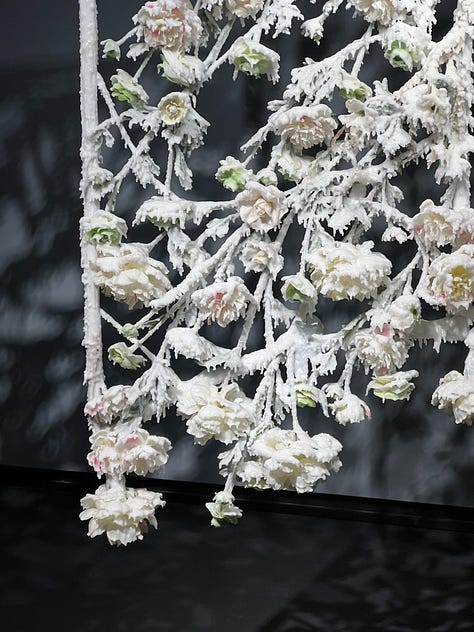
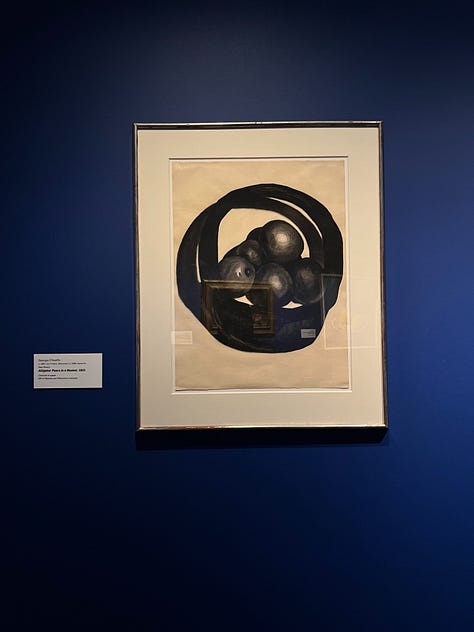
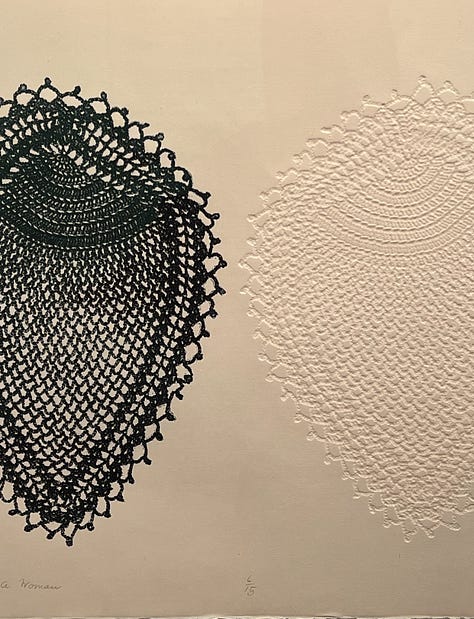
Above, one-half of Petah Coyne’s “Age of Innocence” sculpture formed from wax, silk flowers, steel, wire, and cable inspired by the novel of the same name. A charcoal drawing of pears in a basket by (Wisconsin native) Georgia O’Keefe. “Anonymous Was A Woman” is intended to highlight traditional crafts taken on by women such as embroidery, crochet, lacework, and other needlework that at the time of their creation were not recognized as fine art. The artist, Miriam Schapiro, used a soft-ground etching technique to construct the piece.
Below, Lalla Essaydi’s “Bullets Revisited #3” finds inspiration in “nineteenth-century paintings of Orientalist harem fantasies,” the museum placard read. A young woman lays on a bed of silver and gold bullet casings. The prints aim to highlight violence inflicted against women during the 2010 Arab Spring.
Lalla Essaydi, Bullets Revisited #3
Sonya Clark, Curls
Though from a distance Sonya Clark’s “Curls” looks like a cool geometric construction of spirals, the piece combines combs, beads, thread, and human hair to pay homage to the intricate details that define Black hair. The piece celebrates the Black history and the important role that hair has in shaping identity.
I loved so many pieces of art in the collection at this legendary museum and wanted to share a glimpse into my trip for this week’s Tamia Talks post. I will probably share an abundance of these photos on my other social platforms but these were a handful of pieces that I loved. <3







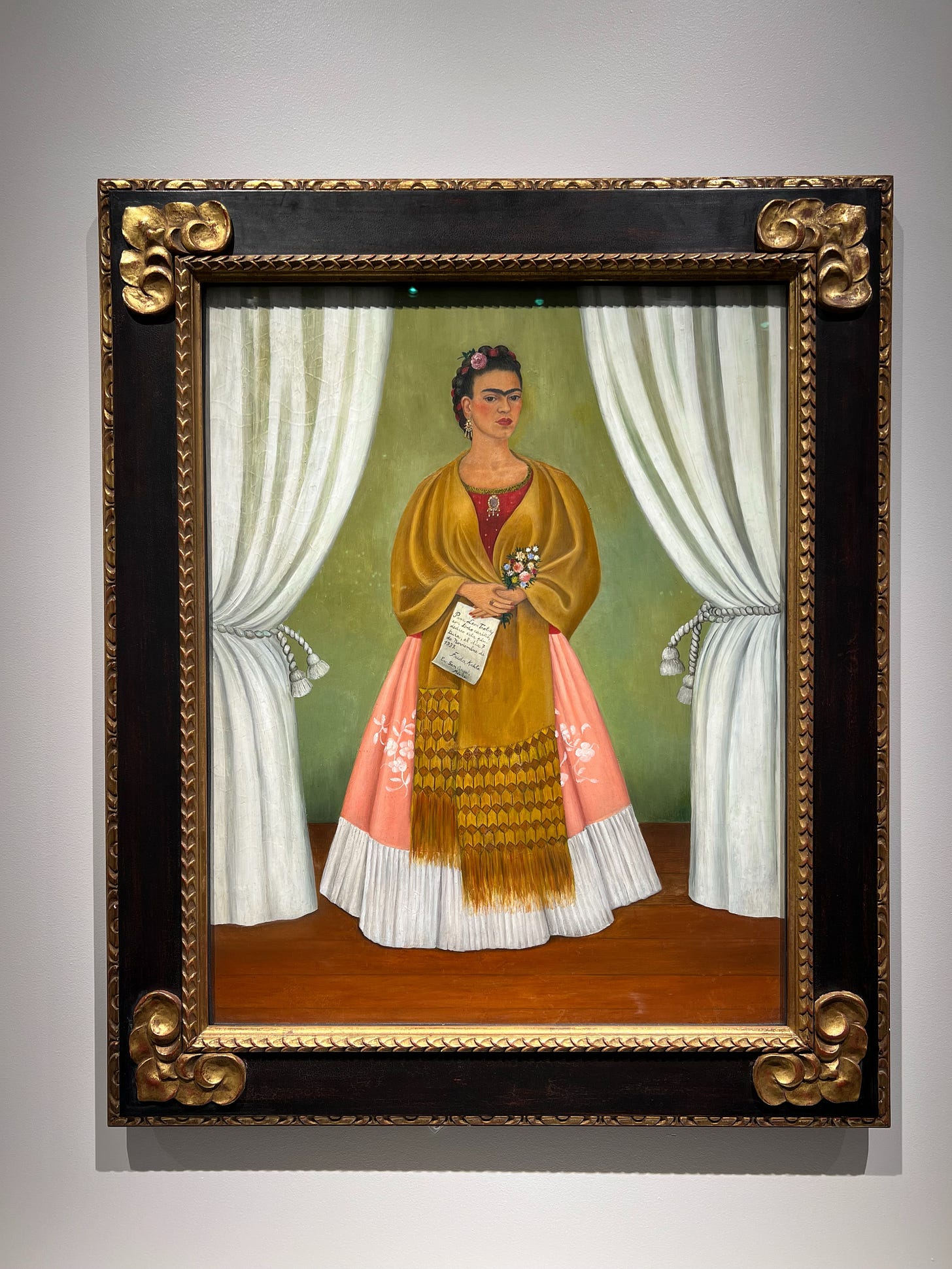
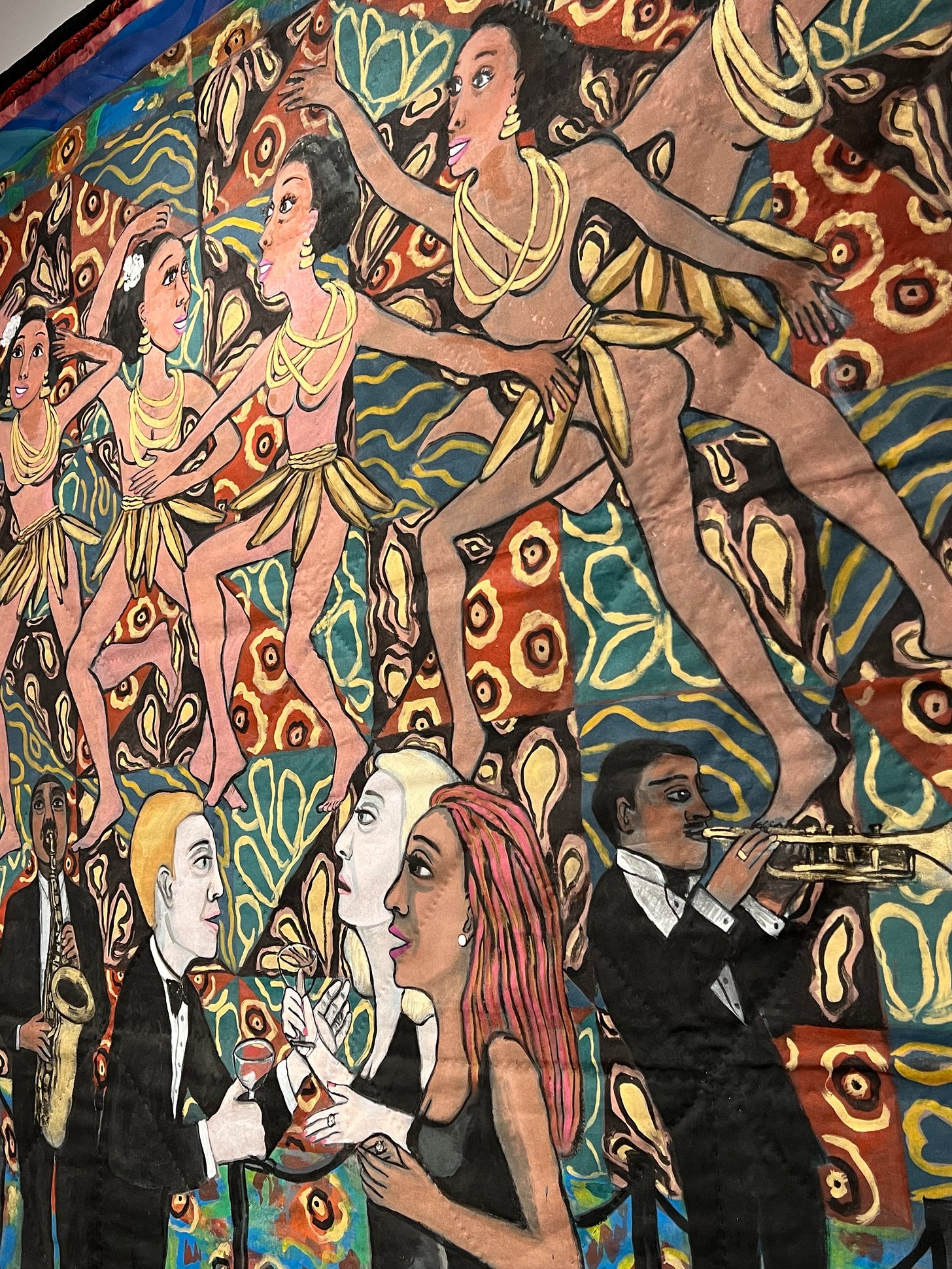


will be sending self-portraits to any situationships moving forward
These are some of my favorite artists as well. Thanks for sharing the power of the female voice!